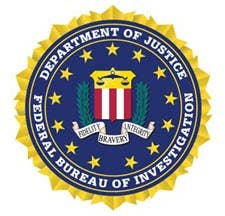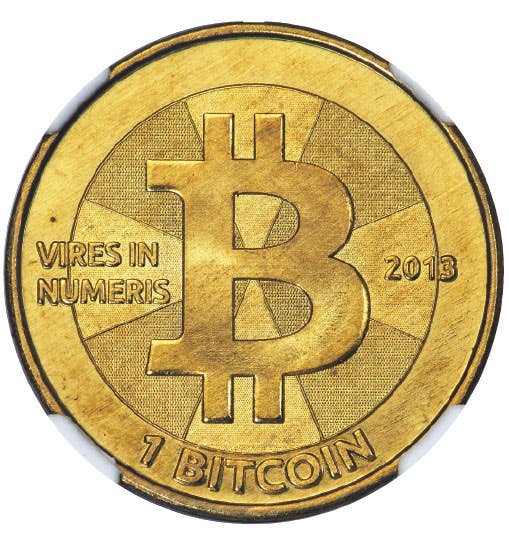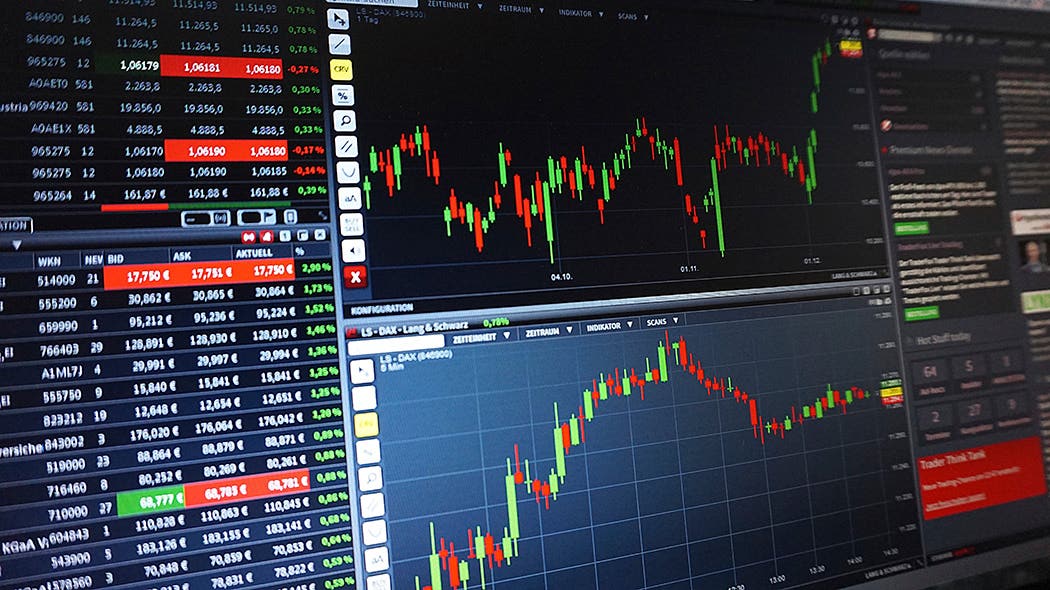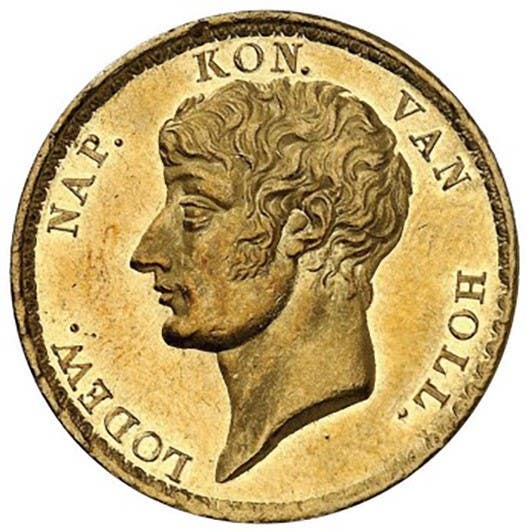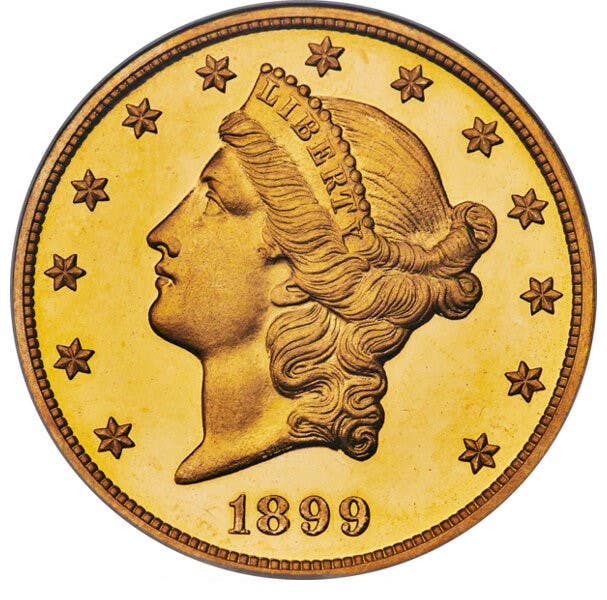More to 1919-S Buffalo nickel than mintage totals
Things were pretty confusing back in 1919. The heavily favored White Sox lost the World Series to Cincinnati, and no one could understand that. Then there was the 1919-S Buffalo…
Things were pretty confusing back in 1919. The heavily favored White Sox lost the World Series to Cincinnati, and no one could understand that. Then there was the 1919-S Buffalo nickel, which based on its mintage would not seem to be a good date but somehow based on prices has turned out to be a lot better than anyone might have expected.
Of course, taking Buffalo nickels for granted has proven to be a great way to create better dates. After all, if a Buffalo nickel was not saved immediately upon being produced, it was potentially lost forever. That seems extreme, but it was a fairly extreme situation.
The Buffalo nickel had a great design but the “FIVE CENTS” on the reverse was too high, so it could wear off. That was changed almost immediately by putting the buffalo on a line instead of the original mound, so that “FIVE CENTS” could be lowered. There was a similar problem with the date on the obverse, but nothing was done there. As a result, with circulation the date on Buffalo nickels wore off, and that made some dates much tougher to find than their mintages would suggest.
As it turned out, the 1919 mintages at Denver and San Francisco were fairly similar at 8,006,000 and 7,521,000, respectively. Normally speaking, the 1919-S would be expected to be the more expensive of the two, but things don’t seem to go as expected with Buffalo nickels. The 1919-D currently lists for $14.50 in G4 condition, while the lower mintage 1919-S is just $7. The clear indication is that the 1919-D had heavier losses due to disappearing dates than did the 1919-S.
This situation is not unique to the 1919-D and 1919-S dates. The lowest-mintage Buffalo nickel, the 1926-S at 970,000, is not that tough in circulated grades. This is most likely because it was pulled from circulation in greater numbers more quickly. The line type 1913-S and 1913-D, however, are tougher and more expensive than their mintages would indicate.
The 1915-D had a mintage of more than 7.5 million while the 1915-S was just over 1.5 million, yet the 1915-S is only about three times the price of the 1915-D. In fact, that may suggest (along with the 1919-S) that perhaps San Francisco dates lost their dates less often than those from Denver. There is no way to prove that idea, and there are exceptions, but in the period there are certainly some cases where the San Francisco dates seemed to have had a better survival rate.
In Mint State, there is one nearly always applicable rule, and that is that the Philadelphia dates will be more available and less costly. There were a couple factors at work, not the least of which is that Philadelphia mintages were normally higher, and sometimes significantly higher, than mintages from either Denver or San Francisco.
However, there was another factor at the time, and that was the presence of larger numbers of collectors near Philadelphia. This was significant since many collectors of the period were only assembling sets by date and not by date and mintmark. The Philadelphia coin each year was the natural choice, as it was easier for collectors to find thanks to those higher mintages.
Back to 1919, where for coins in higher grades we see the opposition situation than in lower grades. The 1919-D is currently listed at $5,500, while the lower-mintage 1919-S is nearly twice that figure at $10,500. That price is backed up by real numbers. Numismatic Guaranty Corporation has seen the 1919-S in MS65 just 17 times out of 863 examples graded. Only four examples were graded higher at MS66. At the Professional Coin Grading Service, the 1919-S has been graded MS65 just 37 times out of 1,394 examples, with three higher at MS-66.
These numbers and prices may be surprising overall, but they are fairly typical for Buffalo nickels, where mintages tend to mean less than they normally do. However, that is clearly not the case with the 1919-S.
This article was originally printed in Numismatic News. >> Subscribe today.
If you like what you've read here, we invite you to visit our online bookstore to learn more about 2019 U.S. Coin Digest.





